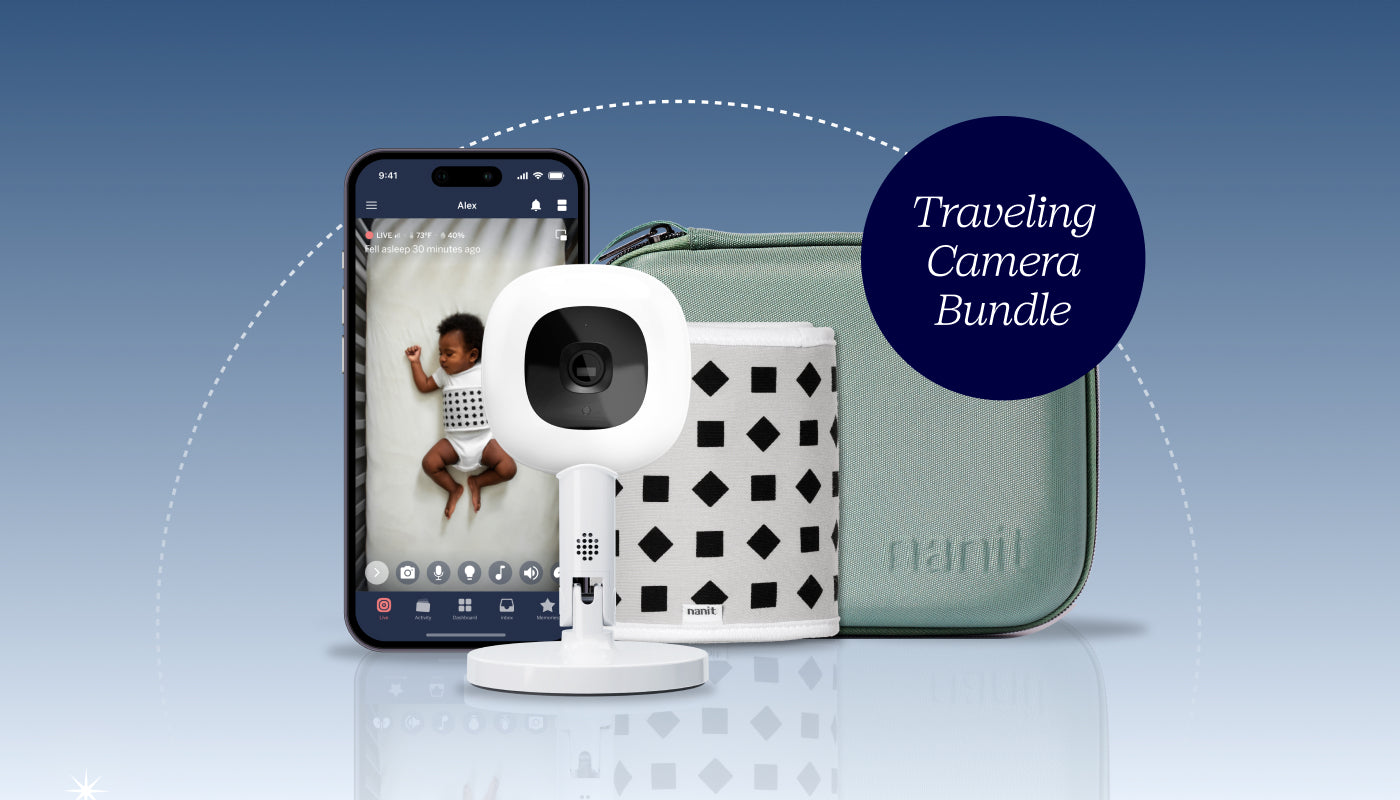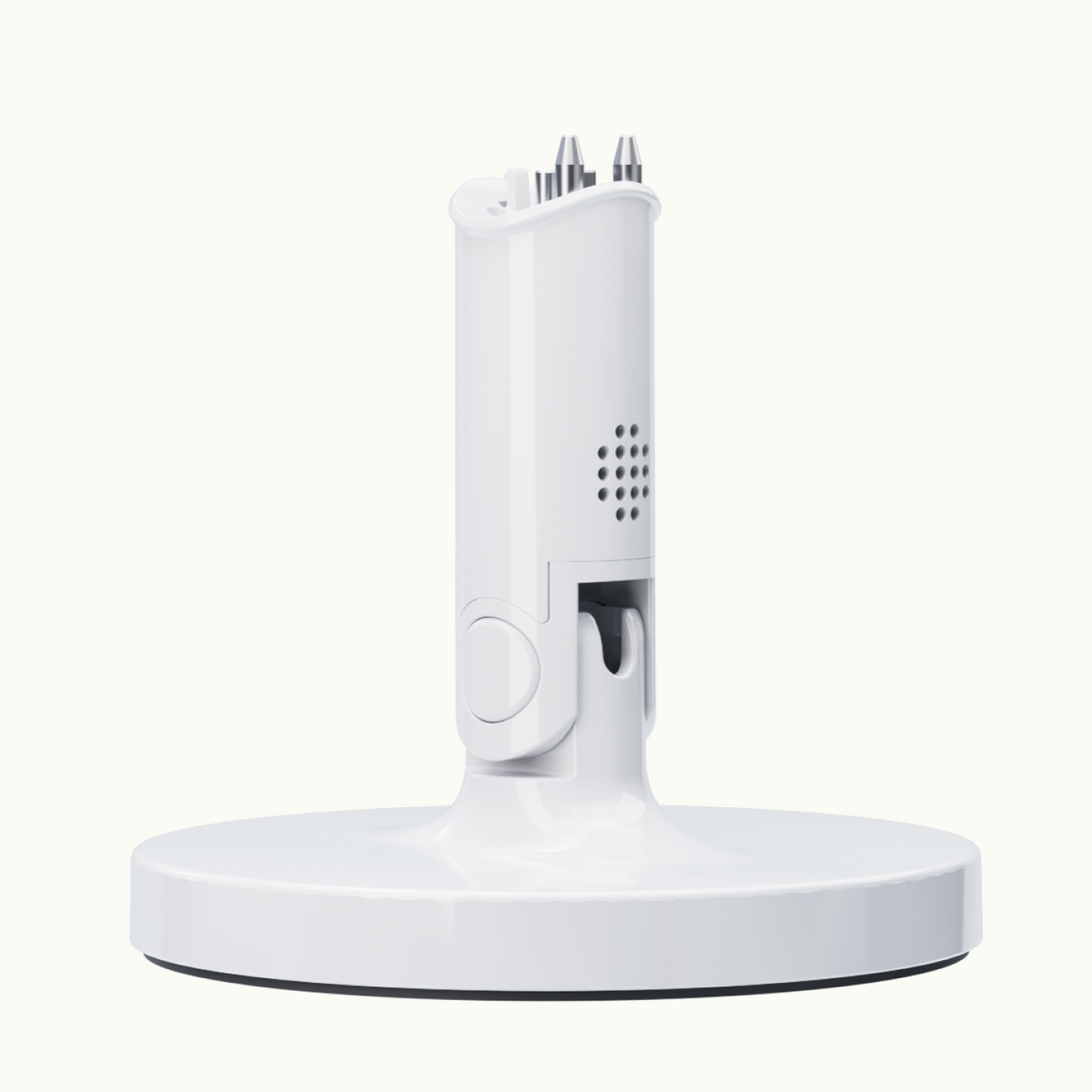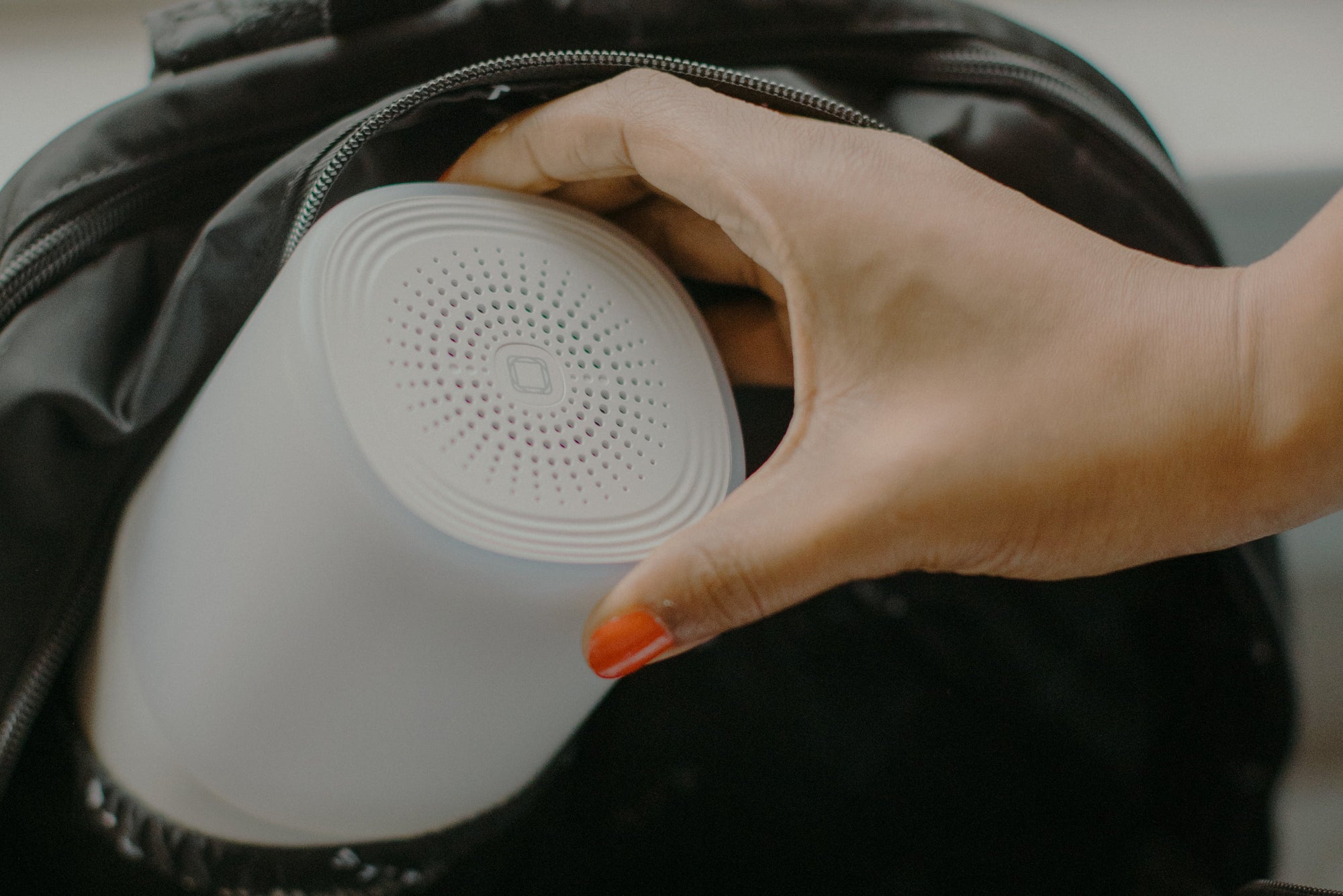Learning how to swaddle your new bundle of joy has been a right of passage for new parents for centuries. From helping your baby sleep to calming them through a fussy moment, swaddling can promote tranquility for babies and parents. With the right technique, swaddling can be an effective way to soothe your baby throughout the legendary fourth trimester.
Here are reasons behind why babies respond to swaddling, plus tips for achieving a comfy baby wrap, and how to choose the best baby swaddle for your little one.
Why swaddling works
As with other trusted soothing methods such as white noise, swaddling helps your baby adjust to their new surroundings by mimicking the in utero environment. A cozy swaddle can feel similar to the gentle pressure they felt in the womb. Since swaddling keeps your baby’s arms at their sides, it can prevent activating their startle aka Moro Reflex, where their moving arms can wake them up. A 2022 Frontiers in Pediatrics study indicated that swaddling can lead to increased sleep duration.
What are the benefits of swaddling?
If parents have been swaddling their babies for hundreds of years, it must really work, right? Here are some of the ways swaddling can support your day-to-day parenting (and solve newborn sleep issues!).
Improving sleep quality with swaddling
Swaddling can serve as a signal to your infant that it’s time to rest, which is key to establishing a sleep routine. In a 2022 Nanit AMA, Dr. Liza Natale cited swaddling as a good way to support a healthy sleep schedule for babies.
“[Put] babies down awake and drowsy (and swaddled at this age) so they learn to fall asleep on their own,” she says. “By following their cues, you will start to recognize your baby's patterns.”
Keeping baby safe
According to the American Academy of Pediatrics (AAP), the safest sleep position for a baby is on their back. For some babies, a snug swaddle can help them stay on their back throughout the night. And with baby’s arms securely wrapped, they won’t wake themselves with the startle reflex.
Soothing colic and fussiness with swaddling
If your baby can’t stop crying, renowned pediatrician Dr. Harvey Karp recommends trying the 5 S's of soothing to help your baby calm down. Those S’s stand for shushing, side or stomach, swinging, sucking, and you guessed it—swaddling. Colic is among the top newborn conditions parents use the 5 S’s for.
How to correctly swaddle baby
So how do you perfect the snuggly baby burrito? Here’s a step-by-step guide on how to safely swaddle your baby.
- Lay your swaddle out on a flat surface.
- Place the baby on top of the swaddle, with their shoulders aligned with the top.
- Fold baby’s hands over their chest, bringing the right side of the swaddle over their arms, and tuck the flap under baby.
- Fold the bottom portion of your swaddle up over their legs, just loose enough so your baby can bend their hips and knees.
- Bring the left side of the swaddle over and fold it underneath your baby.
- Make sure the swaddle is comfortable and not too tight or loose. Voila, your baby can enjoy their swaddle cocoon.
A note on swaddling safety
Proper swaddling can be a perfectly safe way to calm your baby. But it’s important to be mindful of correct swaddling practices. The AAP emphasizes that swaddled babies should always be placed on their backs and never their side or stomach.
It’s essential to be aware of how much a swaddled baby can move their legs, to prevent issues such as hip dysplasia. Pediatricians suggest a swaddle that’s a bit closer around the chest and flexible around the hips and knees. And you’ll also want to ensure their crib is free of any toys, loose blankets, or other hazards before laying your swaddled baby down. And once your baby starts to show signs of or learns to roll over,stop swaddling immediately.
Tips and tricks for getting the perfect swaddle
Swaddling can take some practice. Tucking in a wiggly baby can sometimes be easier said than done. As you learn how your baby reacts to swaddling, these are some general bundling best practices to keep in mind.
- Aim for snug but not too tight. To achieve the right fit, there should be about two fingers of space between your baby’s chest and the blanket.
- Keep your baby cool. Make sure your baby is wearing lightweight clothes, so they don’t get too warm. A light onesie and a night diaper usually work.
- Try different swaddles. There are many different types of swaddles available, from traditional swaddling blankets, to designs with velcro or zippers. If your baby tends to break out of one kind, you might want to see if they do better with another.
How to check if your baby is comfortable and safe in a swaddle
If your baby is uncomfortable in a swaddle, there’s a good chance their tiny but powerful vocal chords are going to let you know. But there are some concrete signals that your baby just isn’t ready for swaddling.
Swaddles are great at keeping your baby warm and secure, but it’s also important to make sure your baby doesn’t overheat. Monitor for red or flushed cheeks, and check to see if your baby’s chest is warm to the touch. If your baby gets very sweaty in their swaddle, it’s time to unwrap and cool off.
It’s also a good idea to check the swaddle’s fit. In addition to making sure your baby has some wiggle room, confirm that the swaddle hasn’t come loose. If your baby’s wrap shifts easily, re-fasten the swaddle, especially so it can’t move over baby’s mouth or nose. If you have any questions about safe swaddling, it’s always a good call to ask your pediatrician.
How to choose the right baby swaddle
Just because a swaddle works for one baby, doesn’t necessarily mean it’ll work for yours. Here are the factors to keep in mind when searching for the swaddle that’s right for yours.
How to choose the ideal swaddle material
Shop for swaddles made from breathable fabric. Different materials will work better in different environments. If you live where the temperature drops to single digits or below in the winter, a fleece swaddle or sleep sack might be needed. But if you’re in a warmer climate, materials such as cotton or cotton-muslin blends are a better choice. Learn which swaddles are warmest to coolest by looking for the Thermal Overall Grade or TOG rating, which measures fabric insulation.
How to choose the right baby swaddle size and fit
Swaddle sizes run by baby age and weight. But you’ll still want to try the swaddle on your baby, so you know they can flex their legs without totally breaking free. Just like shopping for your own clothes, customer reviews can help out if you want to see how true a product runs to size.
How to choose a baby swaddle that’s easy to use
Everyone has a favorite swaddle: Some prefer swaddle blankets that can have multiple uses, as some wraps can double as nursing covers and tummy time mats. And some prefer designs with dual zippers that make tasks such as diaper changes much easier. It’s all about finding the swaddle that works best for your baby.
How to choose a safe baby swaddle
Things like fit and material will play a role here, since temperature and mobility are the two biggest factors in determining swaddling safety. You can also compare which models go above and beyond with additional safety features. For instance, the Nanit Breathing Wear Swaddle is easy to use and works with special technology to monitor your baby’s breathing, so you can both sleep soundly.
Top 10 best baby swaddle designs
When choosing the best kind of baby swaddle for your family, these are the most common choices available.
- The traditional swaddle. This is the classic, large blanket that usually comes to mind when discussing swaddling.
- The sleep sack. When it’s time to transition out of swaddling, usually around three months, sleeping bags such as the Nanit Breathing Wear Sleeping Bag can help.
- The hook-and-loop fastener. If it seems to take forever to tuck baby into their wrap, some brands include Velcro clasps for easier fastening.
- The lightweight muslin swaddle. Muslin blankets tend to be the most breathable material and are great for swaddling when the weather’s warm.
- The swaddle that wears many hats. Some brands design their classic swaddle blankets to serve multiple functions, from acting as a burp cloth, to covering baby during a sunny summer stroll.
- The cocoon swaddle. The cocoon swaddle can transition to a wearable blanket. You have the option of keeping baby’s hands free, when they’re old enough to transition out of traditional swaddling.
- The swaddle with arm holes. Once babies outgrow their startle reflex, they won’t need their arms tucked in. Sleeping bags with arm openings can help babies stay snug as they transition to sleeping without swaddling.
- The swaddle with a zipper. Whether it’s placed on the side for easier securing, or on the bottom for quicker diaper changes, a zippered swaddle is much quicker to undo.
- The legs-free swaddle. This simple swaddle strap from brands such as Anna and Eve fits over just the baby’s arms and chest. This design can be useful if you want to avoid activating baby’s startle reflex while giving them room to move and keep them from overheating.
- The swaddle with helpful insights. Swaddles like Nanit’s include monitoring tools that offer you useful data about your baby’s sleep patterns.
Finding the best baby swaddle for you
Swaddling isn’t a requirement, but it can be a big help for keeping babies relaxed and assisting their developing sleep routines. Shop around and find the right material, design, and fit that works for you. Swaddles like Nanit use exciting modern updates to support parents like you—just as the practice of swaddling has done throughout history.






